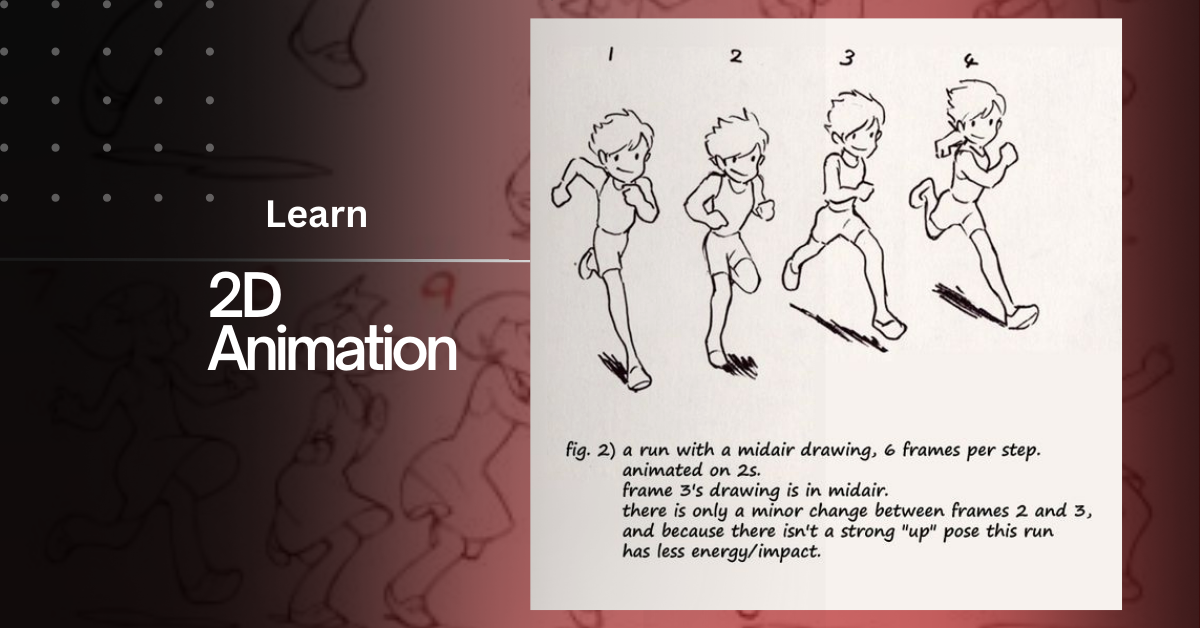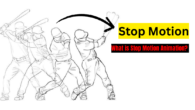
VFX Movies
VFX in Modern Cinema: A Revolution in Storytelling
Visual Effects (VFX) have revolutionized modern cinema, enabling filmmakers to bring their wildest imaginations to life on the big screen. VFX allows the creation of realistic environments, creatures, and phenomena that would be impossible or impractical to capture through traditional filming techniques. This technology has not only enhanced the visual appeal of movies but also expanded the horizons of storytelling, allowing filmmakers to explore new worlds, time periods, and dimensions.
VFX Movie: Iconic Films That Pushed the Boundaries
Avatar (2009
James Cameron’s *Avatar* is often regarded as a milestone in the history of VFX movies. Released in 2009, *Avatar* transported audiences to the lush, alien world of Pandora, where the indigenous Na’vi people live. The film utilized groundbreaking motion capture technology to create its fully realized digital characters, blending live-action footage with computer-generated imagery (CGI) in a seamless manner. The intricate details of Pandora’s flora and fauna, along with the fluid motion of the Na’vi, set a new standard for realism in VFX films.
Cameron’s use of 3D technology further enhanced the immersive experience, making viewers feel as though they were truly exploring a different world. The success of *Avatar* not only demonstrated the potential of VFX to create immersive cinematic experiences but also led to a resurgence in 3D filmmaking, inspiring many other directors to experiment with similar techniques.
Jurassic Park (1993)
Steven Spielberg’s *Jurassic Park* is another VFX movie that left an indelible mark on the film industry. Released in 1993, the film’s depiction of living, breathing dinosaurs was nothing short of revolutionary at the time. Spielberg worked closely with Industrial Light & Magic (ILM) to create realistic dinosaurs using a combination of animatronics and CGI.
The result was a stunningly lifelike portrayal of these ancient creatures, which terrified and thrilled audiences in equal measure. The T-Rex’s iconic roar, the terrifying raptors, and the majestic Brachiosaurus all became symbols of the power of VFX to make the impossible possible. *Jurassic Park* set a precedent for the use of CGI in movies, showing how it could be used not just for spectacle but to enhance the narrative by making the extraordinary believable.
The Avengers (2012)
Marvel’s *The Avengers* marked a significant moment in the evolution of VFX in superhero films. Released in 2012, the film brought together iconic characters like Iron Man, Thor, Hulk, and Captain America in a single, epic narrative. The movie’s success was due in large part to its spectacular visual effects, which brought comic book heroes and villains to life in a way that had never been seen before.
From Iron Man’s detailed suit and the thunderous power of Thor’s hammer to the Hulk’s monstrous transformation, the VFX in *The Avengers* were key in creating the larger-than-life action sequences that have become a hallmark of the Marvel Cinematic Universe (MCU). The climactic Battle of New York, with its intricate CGI environments and character interactions, showcased the potential of VFX to create complex, dynamic scenes that blend live-action with digital elements seamlessly.
Ex Machina (2014)
*Ex Machina*, directed by Alex Garland and released in 2014, is a masterclass in the use of VFX animation to create a compelling narrative. Unlike many other VFX-heavy films, *Ex Machina* uses visual effects in a more restrained and subtle manner, focusing on enhancing the story rather than overwhelming it. The film centers around Ava, an advanced AI with a humanoid appearance, portrayed by Alicia Vikander.
The VFX team used a combination of CGI and practical effects to create Ava’s robotic body, seamlessly blending the mechanical with the organic. Her transparent limbs and torso, through which her inner mechanisms are visible, are rendered with such precision that they never distract from the character’s emotional depth. The subtlety of the VFX in *Ex Machina* allows the viewer to focus on the film’s themes of consciousness, identity, and the ethics of AI, proving that VFX can be used not only for spectacle but to serve the narrative in profound ways.
King Kong (1933 & 2005)
*King Kong* is a classic example of how VFX has evolved over the decades. The original 1933 version of *King Kong* featured stop-motion animation to bring the giant ape to life, a groundbreaking technique at the time. The film’s creators, Willis O’Brien and his team, painstakingly animated Kong frame by frame, creating a sense of scale and movement that had never been seen before in cinema. This early VFX work laid the foundation for future advancements in the field.
Fast forward to 2005, when Peter Jackson’s remake of *King Kong* took the character to new heights using modern CGI. This version of Kong was a fully digital creation, with motion capture technology used to bring the character to life. The result was a much more realistic and emotionally expressive Kong, who could interact with live-action elements in a way that the stop-motion version never could. The 2005 *King Kong* demonstrated how far VFX had come, offering a glimpse into the future of digital character creation.
The Impact of VFX on Animation
VFX animation has played a crucial role in expanding the possibilities of animated films. While traditional animation techniques involve drawing or modeling each frame by hand, VFX animation allows for the creation of highly detailed, complex scenes that would be impossible to achieve otherwise. From the lush environments of *Avatar* to the intricate machinery of *Ex Machina*, VFX has enabled animators to push the boundaries of what is visually possible.
In conclusion, VFX movies have come a long way from the early days of stop-motion animation and practical effects. Today, they are a cornerstone of modern cinema, allowing filmmakers to bring their visions to life in ways that were once unimaginable. From the awe-inspiring landscapes of Pandora in *Avatar* to the subtlety of Ava in *Ex Machina*, VFX has proven to be a powerful tool for storytelling, capable of enhancing narratives and creating immersive, unforgettable experiences for audiences around the world.













Leave a Reply